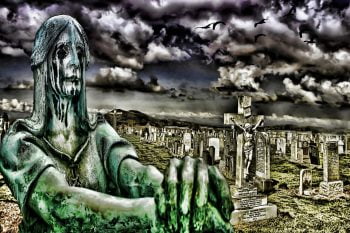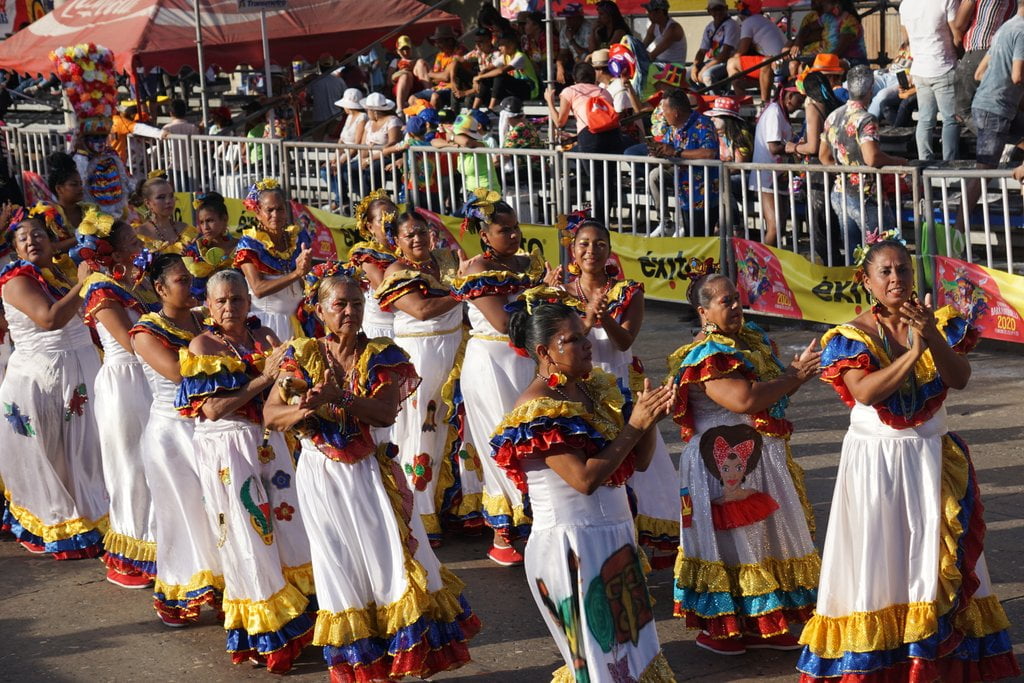¡Viva México! (Long Live Mexico)
Hoy es el Día de la Independencia de México. Es una de las fiestas más importantes del país (Today is Mexico’s Independence Day. It’s one of the most important holidays in the country). The celebrations will be a bit more tame this year due to the ongoing pandemic, as large public gatherings are not allowed. In fact, it’s the first time the event has been canceled since 1847 during the Mexican-American War. That being said, it’s still a big day that people all across the nation will be celebrating with their families. Rather than gathering in public squares, people will cry “¡Viva México!” (Long Live Mexico) from their living rooms. In this post we’ll take a closer look at this important Mexican holiday.
El Grito
On this day in 1810, Miguel Hidalgo y Costilla gave el Grito de Dolores (The Cry of Dolores) which launched la Guerra de Independencia de México (The War of Mexican Independence). This lasted 11 long years and resulted in Mexico’s independence from Spain, about 300 years after the first Spanish colony was established there.
Although this is known as one of the most vital moments in Mexico’s history, the exact words of el Grito aren’t known. The basic idea of his speech is thought to be something along the lines of “¡Viva América!, ¡Viva la religión y muera el mal gobierno!” (Long live America! Long live religion and death to bad government!).
Cada año, el presidente de México lee el Grito de Dolores desde el Palacio Nacional (Every year, the president of Mexico reads the Cry of Dolores from the National Palace). The speech that’s typically given on the eve of Mexico’s Independence Day by the president as well as governors and mayors around the country goes something like this:
¡Mexicanos!
¡Vivan los héroes que nos dieron patria!
¡Viva Hidalgo!
¡Viva Morelos!
¡Viva Josefa Ortiz de Domínguez!
¡Viva Allende!
¡Viva Aldama y Matamoros!
¡Viva la Independencia Nacional!
¡Viva México! ¡Viva México! ¡Viva México!
Mexicans!
Long live the heroes who gave us our homeland!
Long live Hidalgo!
Long live Morelos!
Long live Josefa Ortiz de Domínguez!
Long live Allende!
Long live Aldama and Matamoros!
Long live the nation’s independence!
Long Live Mexico! Long Live Mexico! Long Live Mexico!
This year, president Andrés Manuel López Obrador will give the famous speech to a very small group, as he encourages Mexicans around the nation to take part in the festivities from home. To quote AMLO – “Pedirles a todos que guarden sana distancia aunque estén en sus domicilios, es una ceremonia que se puede ver por televisión, escuchar por radio, podemos participar desde nuestros domicilios” (I’m asking everyone to keep a healthy distance even if they are at home, it is a ceremony that can be seen on television, heard on the radio, we can participate from our homes).
To honor all the victims of COVID-19, the president will light la antorcha de la esperanza (the torch of hope) in Mexico City’s central Zócalo. Over 70,000 people have died of the virus in Mexico – the 4th-highest number in the world. The somber celebrations this year will also honor all the frontline workers battling the ongoing pandemic.
You can watch AMLO give el Grito from last year in this video. It was his first as the President of Mexico as he took office on December 1, 2018. It’s hard to believe that it was just a year ago when thousands of people could gather together in public for a celebration. Let’s hope we’re all able to do that again sooner than later.
Los Chiles en Nogada
While people may not be able to gather in public to celebrate the holiday, families all across Mexico will be enjoying a plate of chiles en nogada. This dish is emblematic of the country’s Independence Day. Se prepara con un chile poblano relleno de un guisado de picadillo y se cubre con crema de nuez moscada y granos de granada (It is prepared with a poblano pepper stuffed with a mince stew and covered with a cream of nutmeg and grains of pomegranate).
The picadillo is a mixture of minced meat with fruits and spices, typically ground pork or beef with pears, apples, and peaches along with onion, garlic, and cinnamon. For the sauce, you use walnuts or almonds, cream cheese, sugar, and nutmeg. Then you top it all off with the pomegranate seeds and you’ve got one of the most famous platos nacionales (national dishes) of Mexico!
If you’re wondering why this dish is associated with the country’s independence, just take a closer look. Los colores simbolizan los de la bandera de México (The colors symbolize the flag of Mexico). The chile is green, the sauce is white, and the pomegranate is red. ¡Este plato no solo es patriótico, sino que también es muy delicioso! (Not only is this dish patriotic, but it’s also very delicious!).
For those who want to put their Spanish and cooking skills to the test, you can follow this recipe to make chiles en nogada yourself. If you need a little more assistance, here’s a YouTube video you can follow along with as well:
Having celebrated Independence Day in the country the past two years, I’m definitely a bit bummed to be sitting this one out. I will always look back fondly on the festivities I experienced in Puerto Vallarta and hope to be able to celebrate this important holiday in person again next year!
¿Estás en México? ¿Cómo vas a celebrar el Día de la Independencia este año?
Are you in Mexico? How are you going to celebrate Independence Day this year?
Posteado en Spanish Articles (Facebook)





